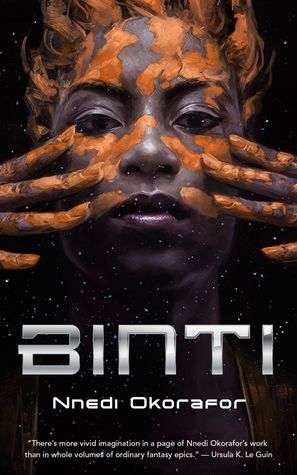Tuesday Book Reviews on Thursday

The Competition by Cecily
Wolfe
This
story about a hundred high school juniors competing in a writing
contest at a small college is well written. What the Penultimate
means for each of the four main characters, Mary Sofia, Camara,
Michael and Jaeden, is clearly explored and made them real. We follow
each of them and their friends, especially Julia and Jada, through
the ride to the college, their meeting there, the tour of the school,
and then the three prompted writing assignments. The last one,
prompted by the theme of a turning point in their lives, leads to
regrets as they think about what they each wrote. I occasionally
didn’t know who was speaking because of the way dialogue was
presented, but that didn’t detract from the themes of the story.
Titling the story The Penultimate might have differentiated this book
from others with the title The Competition.
Cream
Buns and Crime by Robin Stevens
As
noted on the cover, this is a collection of tips, tricks and tales
from the Detective Society that Daisy Wells and Hazel Wang formed at
Deepdean School for Girls. It also contains a few of the cases solved
by their friends, the Junior Pinkertons, i.e., Alexander Arcady and
George Mukherjee at Weston School. It’s full of the same kinds of
fun as the Murder Most Unladylike series, and complements it by
giving us a better chance to ‘hear’ Daisy, Alex, and George’s
voices. There’s also an awful lot about detective and spy novels
with lists from the author, Daisy and George. Very well done. I’m
looking forward to reading the next full-length murder mystery in the
series.







